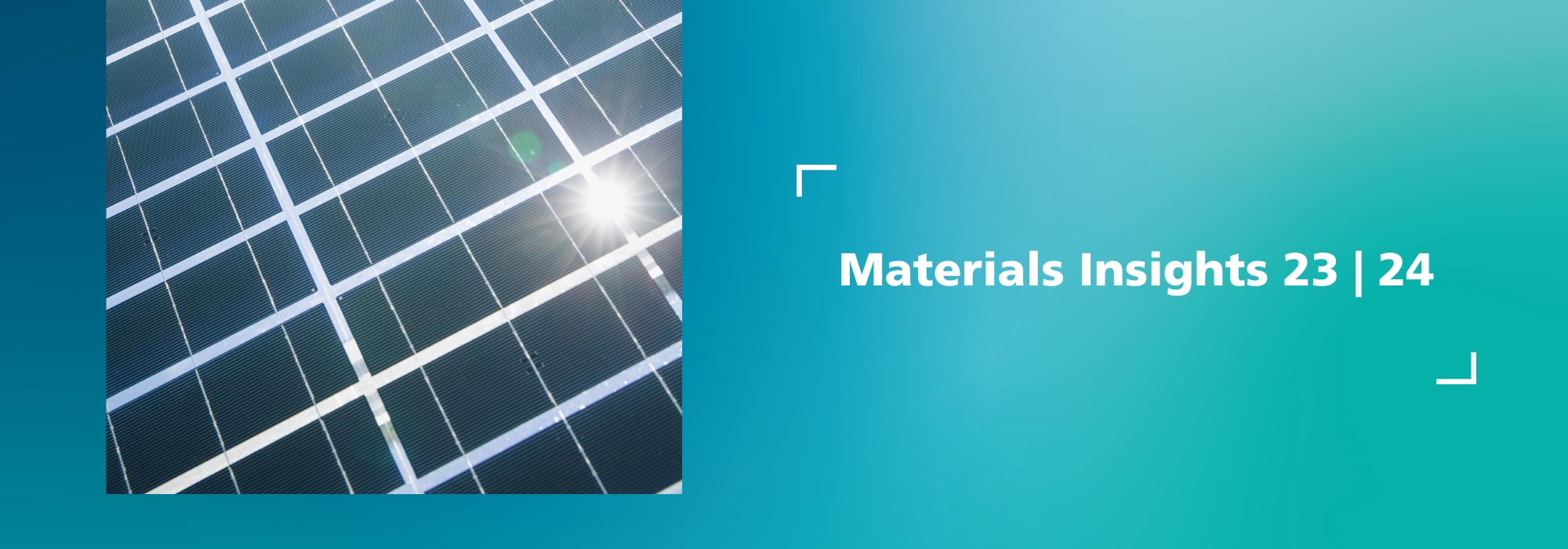Webinar / December 14, 2023, 14:00-14:45
Online expert session: Polymer additives — curse and blessing for the reliability of photovoltaic modules
Solar modules are exposed to various environmental influences when used in the field. In this context, the encapsulation materials used in the respective module significantly determine the degradation behavior. These encapsulation materials are generally polymer-based. In most cases, ethylene-vinyl acetate copolymer (EVA) is used for the encapsulants and polypropylene (PP) or polyethylene terephthalate (PET) for the backsheets. The resistance of these materials is in turn determined by the additives used. Crosslinking additives are required to form a polymer network that fulfills the required mechanical properties.
UV absorbers, UV stabilizers and antioxidants protect the polymer films from degradation. Adhesion promoters enable the required adhesion of encapsulant and glass. Consequently, the polymer additives, which contribute only 0.2% by mass to a solar module, have a decisive influence on its long-term behavior. Surprisingly, the interactions of these additives and the relationship with polymer and module degradation have not yet been sufficiently researched.
For this reason, a method was developed at the Fraunhofer CSP to quantify the smallest amounts of these additives in polymer films. This made it possible to investigate the degradation and diffusion behavior of additives in various polymer films. The analyses have shown that intrinsic diffusion can compensate for inhomogeneities in film production to a certain extent. Surprisingly, it was also found that the interaction of additives with each other and with radicals can lead to negative effects for the solar module. In particular, essential cross-linking peroxides can react with additives that are used to stabilize the films while UV absorbers can form chromophores which lead to discoloration of the encapsulants.
